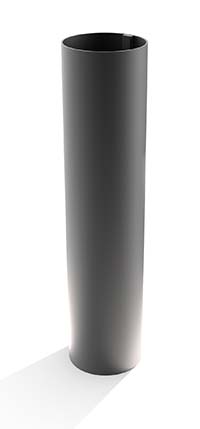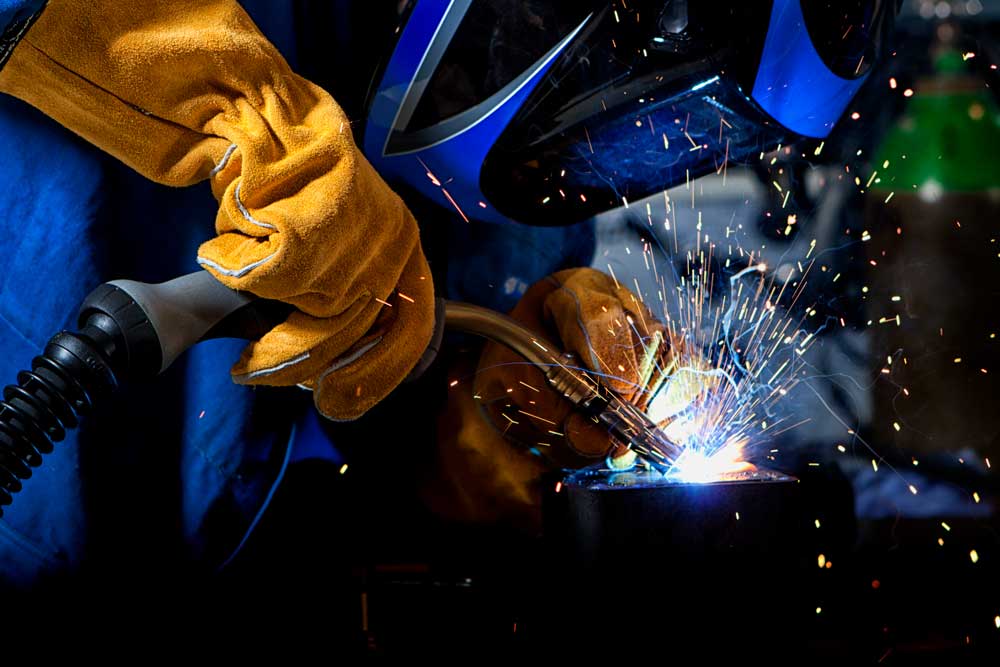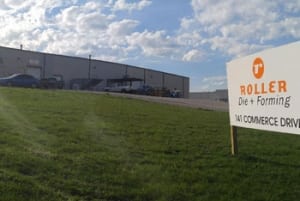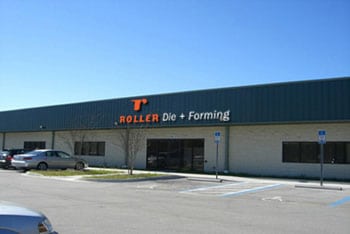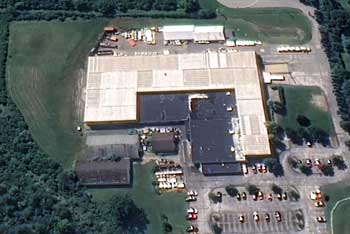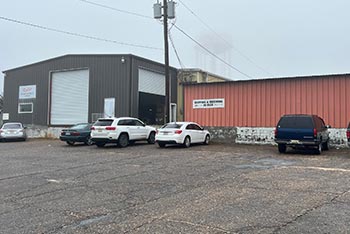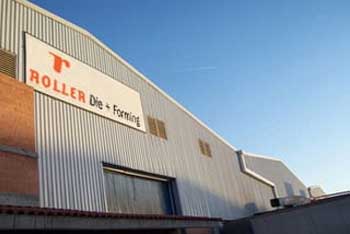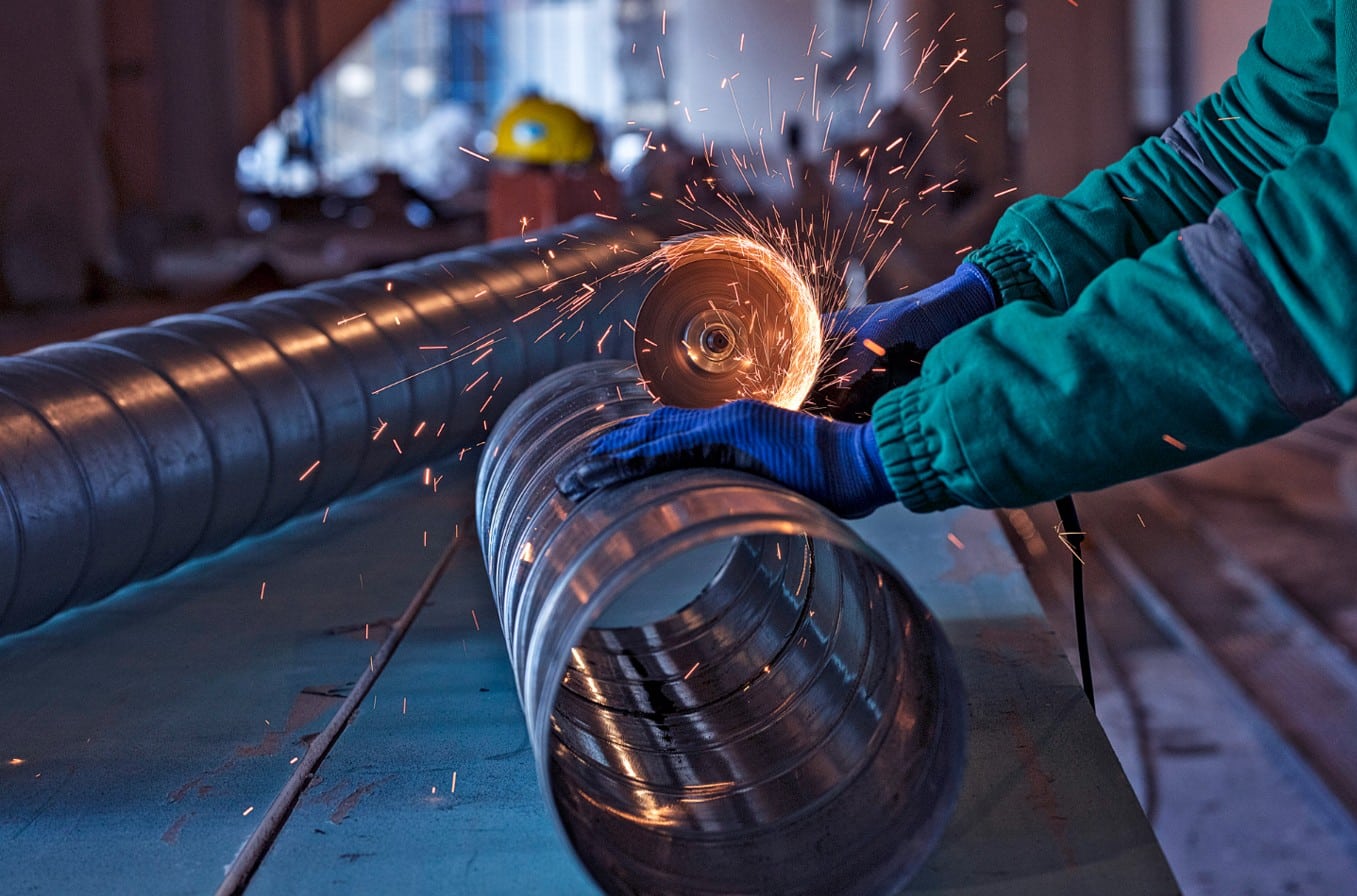Roll forming is a crucial process in metal manufacturing, and its technologies are continually evolving. As we move into 2025, several key advancements are reshaping the landscape. From high-speed machines to automation, these innovations are making roll forming more efficient and precise.
One of the most exciting trends is the integration of automation in roll forming processes. This technology allows for more consistent production, reduced labor costs, and higher quality outputs.
Energy efficiency and sustainability are also becoming central themes. Manufacturers are looking for ways to reduce energy consumption and minimize waste, making roll forming more environmentally friendly. With these advancements, roll forming is not only becoming more advanced but also more aligned with modern manufacturing needs. Understanding these changes can help manufacturers stay competitive and make informed decisions about their production processes.
Introduction to Roll Forming Technologies
Roll forming is a metal forming process that involves passing metal sheets through a series of rollers to achieve the desired shape. It’s a highly efficient method used to produce long parts with consistent cross-sections and complex profiles. The technology behind roll forming has evolved significantly, making it a preferred choice for industries like automotive, construction, and appliances.
The process starts with a flat strip of metal, which is then gradually shaped by the rollers. Each roller performs a specific function to bend the metal incrementally. This method ensures high precision and minimal material waste. Roll forming is versatile and works with various metals, including steel, aluminum, and copper.
With advancements in roll forming technologies, manufacturers can achieve faster production rates, better quality, and more intricate designs. It’s essential to stay updated with these technologies to remain competitive and meet the demands of modern manufacturing.
Advances in Roll Forming Machinery
Modern roll forming machinery has seen several advancements that enhance efficiency and precision. Machines are now equipped with better control systems, allowing for more accurate adjustments, reduced setup times, and improved automation of quality control of finished parts. These improvements translate into higher productivity and lower operational costs.
One significant advancement is the development of servo-electric roll forming machines. These machines use electric servo motors for better speed and torque control, offering precise movements and reducing mechanical wear and tear. This makes them more reliable and longer-lasting compared to traditional hydraulic systems.
Another notable advancement is the incorporation of modular design in roll forming machines. This allows manufacturers to easily reconfigure or upgrade their equipment to produce different profiles without significant downtime. These machines can adapt to various production requirements, making them a valuable investment.
Automation in Roll Forming Processes
Automation is revolutionizing the roll forming industry. Automated roll forming lines can handle large volumes of production with minimal human intervention. This not only speeds up the process but also reduces labor costs and minimizes human error.
Robotic systems play a crucial role in automation. Robots can load and unload materials, operate the machinery, and perform quality checks. This consistency ensures that each product meets the required specifications, maintaining high quality throughout the production run.
Automated systems also include advanced sensors and monitoring tools that provide real-time data. This data helps in maintaining optimal operating conditions, conducting predictive maintenance, and reducing downtime. Embracing automation in roll forming processes results in higher efficiency, better quality, and increased profitability.
High-Speed Roll Forming: What You Need to Know
High-speed roll forming allows manufacturers to increase production rates without compromising quality. By speeding up the process, companies can meet high demand more efficiently. However, achieving high-speed roll forming requires specialized machinery designed to handle fast operations without causing material defects.
One major factor in high-speed roll forming is maintaining precise control over the roll stands. Rollers must be perfectly aligned and synchronized to prevent misalignment and ensure smooth product flow. High-speed machines also often feature advanced cooling systems to manage the heat generated at faster speeds, reducing the risk of material warping.
High-speed roll forming can significantly reduce lead times and production costs by increasing throughput. It’s particularly beneficial for large-scale manufacturing projects where time and efficiency are critical. To maximize the benefits, it’s essential to invest in high-quality equipment and proper maintenance routines.
Precision Roll Forming for Complex Designs
Precision roll forming is ideal for creating intricate and detailed metal profiles. This technique allows for tight tolerances and detailed features that other forming methods might struggle to achieve. Precision roll forming is commonly used in aerospace, automotive, and electronics industries where exact measurements are vital.
The process involves carefully calibrated rollers that shape the metal with extreme accuracy. Advanced software solutions manage these settings, ensuring consistency across large production runs. Precision roll forming can also create complex cross-sections in a single pass, reducing the need for additional machining.
Manufacturers benefit from precision roll forming by producing parts that meet strict specifications without sacrificing efficiency. The capability to produce complex shapes with high accuracy opens up possibilities for innovative designs and high-performance products.
Energy-Efficient Roll Forming Techniques
Energy efficiency is becoming increasingly important in manufacturing. Roll forming is no exception, with new techniques developed to reduce energy consumption. These methods not only lower operational costs but also contribute to a smaller environmental footprint.
One technique is to optimize the rolling process itself, minimizing friction and wear on the equipment. Energy-efficient roll forming machines often incorporate regenerative braking systems that recover energy during production.
Manufacturers can implement energy-efficient practices by regularly maintaining equipment, using energy-efficient motors, and optimizing production schedules to reduce idle times. These techniques help lower energy costs and make production processes more sustainable.
Integrating Roll Forming with Other Manufacturing Processes
Integrating roll forming with other manufacturing processes can streamline production and improve overall efficiency. Combining roll forming with processes like welding, punching, pressing, stamping, or cutting in a single production line reduces the need for secondary operations and shortens lead times.
For instance, roll forming lines can be equipped with in-line punching systems that create holes or slots as the metal is being formed. This integration eliminates the need for separate punching machines and transfers, speeding up the production process.
Manufacturers can also pair roll forming with automatic welding systems to assemble parts immediately after they are formed. This reduces handling and work-in-progress inventory, leading to more efficient production workflows. Integrating multiple processes not only saves time and labor but also enhances product consistency and quality.
Real-Time Monitoring and Quality Control
Real-time monitoring is a game-changer in roll forming. This technology helps manufacturers keep an eye on the production process at every stage. Sensors and cameras provide instant feedback on the quality of the formed metal, ensuring that any defects are caught early. This reduces waste and improves overall product quality.
Quality control systems have become more advanced, offering precise measurements and detailed reports. These systems can detect even the smallest deviations from the desired specifications. By using real-time data, manufacturers can make immediate adjustments to the machinery, preventing costly errors and downtime.
Investing in these monitoring technologies is crucial for staying competitive. They help maintain high standards of quality and consistency, which are essential for customer satisfaction. Real-time monitoring also allows for better resource management, optimizing the use of materials and reducing scrap.
Reducing Waste with Advanced Roll Forming
Advanced roll forming techniques are essential for minimizing waste. Traditional methods often result in significant material wastage, but newer technologies are more efficient. Precision roll forming, for instance, ensures exact cuts and bends, reducing the amount of excess material.
Another effective method is integrating nesting software. This software optimizes the layout of cuts on the metal sheets, minimizing off-cuts and reducing waste. By planning the cuts more efficiently, manufacturers can make the most out of each sheet of metal.
Recycling scrap material is also an important practice. Advanced roll forming lines often include features that collect and recycle scrap automatically. This not only helps in reducing waste but also lowers the cost of raw materials. These advanced techniques contribute to a more sustainable and cost-effective production process.
Sustainability Trends in Roll Forming Technology
Sustainability is a growing focus in roll forming. Manufacturers are seeking ways to reduce their environmental impact while maintaining high efficiency. One key trend is the development of eco-friendly materials. Researchers are creating alloys and coatings that are less harmful to the environment. These materials provide the required durability and strength while being more sustainable. Using such materials helps meet regulatory standards and appeals to eco-conscious customers.
Water and energy conservation measures are also being implemented. Advanced cooling systems that recycle water and energy-efficient machinery are becoming standard in modern roll forming facilities. By adopting these sustainability trends, manufacturers can reduce costs and contribute to a healthier planet.
Future Outlook: What’s Next in Roll Forming Technologies
The future of roll forming looks promising with the integration of cutting-edge technologies. One exciting development is the potential use of artificial intelligence (AI) to predict and optimize manufacturing processes. AI can analyze vast amounts of data to suggest improvements and predict maintenance needs, ensuring smooth operations.
3D printing is another technology that could revolutionize roll forming. While still in its early stages, combining traditional roll forming with 3D printing could allow for more complex, customized parts. This hybrid approach could open up new possibilities for product design and manufacturing.
The use of digital twins is also gaining traction. A digital twin is a virtual replica of the roll forming line that allows for real-time simulation and testing. This technology enables manufacturers to experiment with different settings and configurations without interrupting actual production. The future of roll forming is bright, with these innovations promising to make processes more efficient and flexible.
Final Thoughts
Understanding the advancements in roll forming technologies is crucial for staying ahead in the industry. From real-time monitoring and quality control to reducing waste and adopting sustainable practices, each development offers unique benefits. These innovations not only improve efficiency and product quality but also contribute to a more sustainable future.
Looking ahead, the integration of AI, 3D printing, and digital twins will further transform roll forming. Embracing these technologies will enable manufacturers to create more complex and customized products while maintaining high standards of efficiency and sustainability. Staying informed about these trends ensures that manufacturers can adapt and thrive in an ever-evolving market.
Partnering with experts in roll forming can provide additional support and expertise. Roller Die + Forming offers high-quality, custom roll-formed products tailored to your needs. Contact us today to learn how we can help you stay ahead of the curve in roll forming technology.

